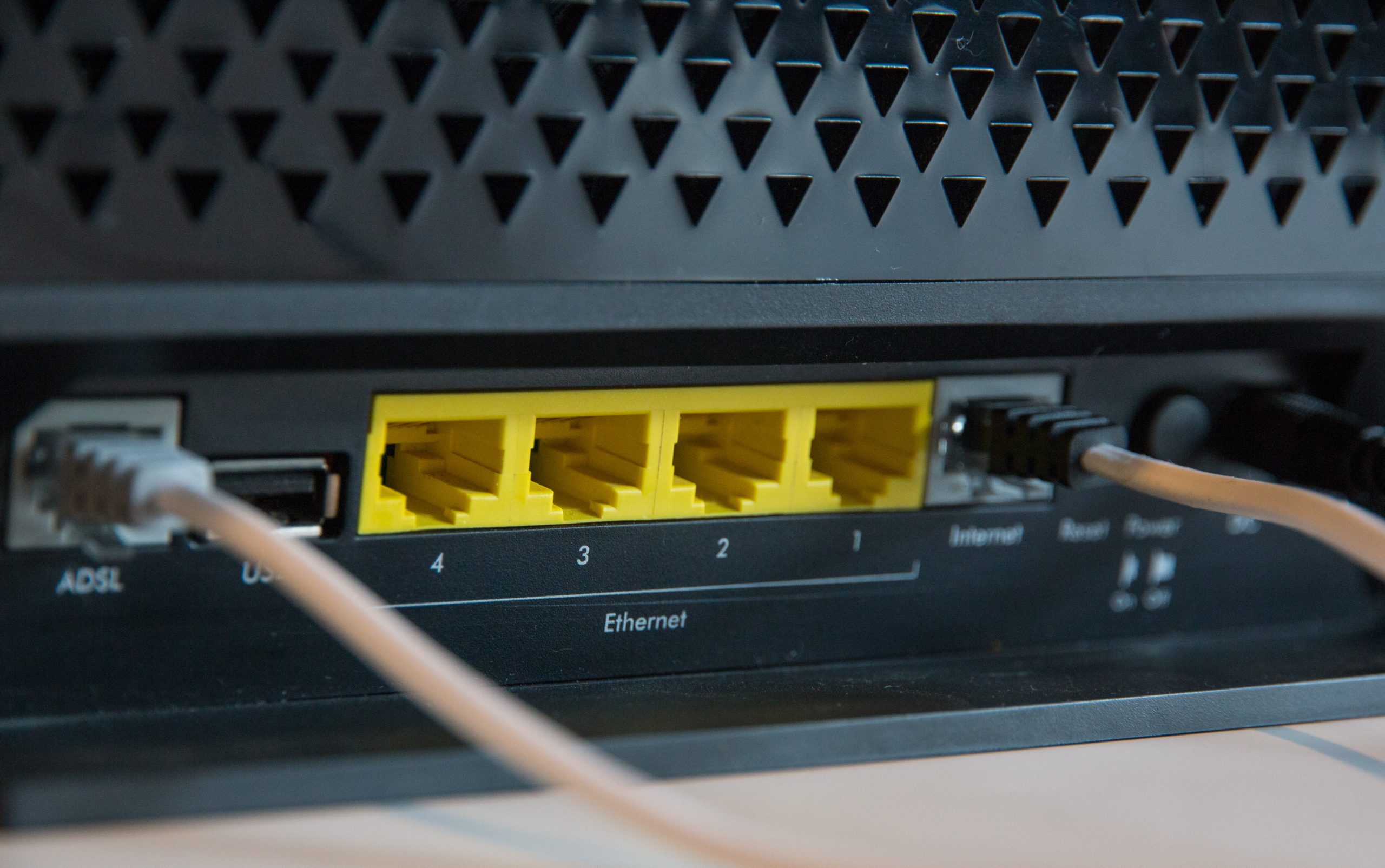If you’re having problems with your Internet connection, your cable modem could be to blame. However, before you rush out and buy a new modem, it’s important to do some troubleshooting to make sure that the modem is indeed the problem. In this article, we’ll go over some steps you can take to determine if your cable modem is defective or simply not working properly.
Check for Signs of Overheating
One common issue with cable modems is that they can overheat. This can happen for a variety of reasons, such as if the modem is too close to hot objects, if there is no ventilation, or if the modem is constantly in use. If your cable modem is overheating, it may emit a smell of burned plastic. If you suspect this is the issue, try moving the modem to a cooler location with better ventilation.
Check the Diagnostics
If you’re not sure what’s causing the problem, one good place to start is by checking the diagnostics for your modem. You can do this by typing your IP address into the search bar, and then setting up a username and password if you haven’t done so already. From there, you can look at different sections and check for error logs.
Try Unplugging and Re-Plugging
Sometimes all your modem needs is a reboot to get back to working properly. Try unplugging it for ten seconds, then plugging it back in. This can help clear out any errors that may have built up and get it running smoothly again.
Try a Wired Connection
If you’re having trouble with your Wi-Fi signal, it may be time to consider using an Ethernet cord. These cords are a reliable way to get connected, and can help you determine if the problem is with your modem or your Wi-Fi network.
Check for Outages or Billing Errors
It’s possible that you’re not the only one experiencing issues with your internet. Check with your internet service provider (ISP) to see if there are any outages in your area. If not, you may want to check your bills to make sure that there are no billing errors or lack of payment.
Plug in Somewhere Else
If you suspect that the issue may be with your power outlet rather than your modem, try plugging it into a different outlet to see if it gets power there.
Try Another Modem or Router
If you have an extra modem or router lying around, try switching it out and see if that solves the issue. If it works, then it’s possible that your old modem or router was the problem all along.
Try New Cables
It’s possible that the issue isn’t with your modem or router, but with the cables themselves. Check for any missing, broken, or burned connectors, and try switching out the cables for new ones.
Contact Your ISP
If none of the above solutions work, it’s time to get in touch with your ISP. They can help you troubleshoot the issue and determine if your modem is in fact malfunctioning.
In Conclusion
If you’re having trouble with your internet connection, don’t rush out to buy a new modem just yet. Take the time to troubleshoot and determine if the modem is actually the issue. By following the steps outlined in this article, you can save yourself time and money, and get your internet connection back up and running in no time.
